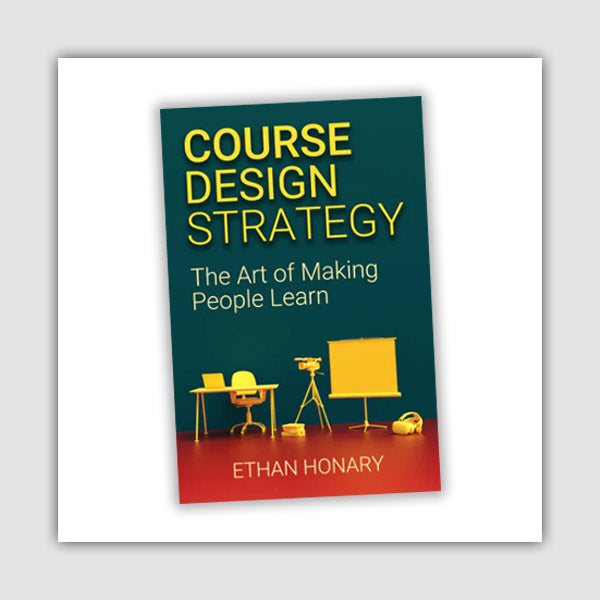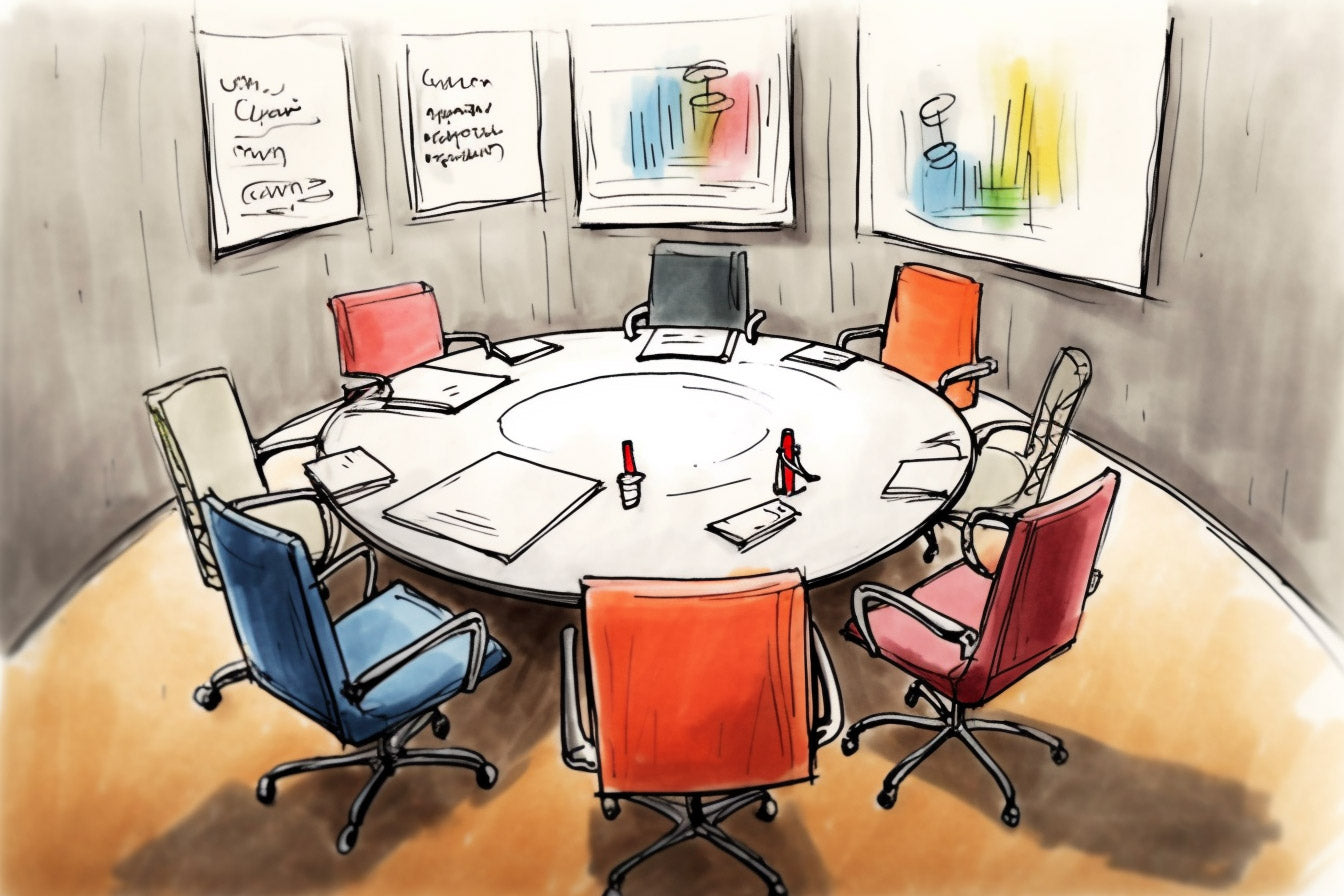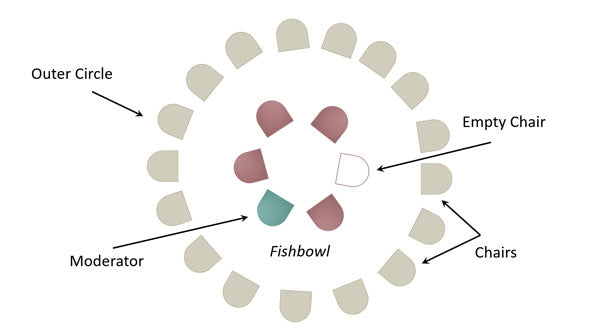Purpose
Suppose there is a team meeting and the group is going to discuss the issues associated with a topic, design something or a solve a problem.
For any given complex problem, there are a variety of perspectives and views that can be considered. However, habitually, everyone will only look at his own view, aiming to push his own agenda. This leads to a situation where the group may end up responding to the loudest person who talks the most and is naturally biased towards a particular perspective rather than considering overall important concerns.
This exercise helps the team to view the problem from a variety of perspectives that they usually tend to ignore in favour of their own.
Objective
Consider the problem from the given set perspective.
What You Need
- Chairs.
- A series of flipcharts or whiteboard or an area to write on. You need one per each delegate, so they can all be used at the same time.
Setup
- Place the chairs in a circle facing inwards.
- Place one flipchart behind each chair.
- Ask the team/delegates to consider a problem for the purpose of this activity.
Stage 1: Define Perspectives.
- Ask each person to consider a perspective or view that this problem need to be looked at or analysed from.
- Ask them to write these on their flipcharts as titles. Examples for producing a gadget are: sales, customer satisfaction, supply chain, manufacturing, software design, third-party developers and health and safety. These can be more specific or more descriptive based on needs.
- After the titles are identified, ask the group to make sure all duplicates are removed and replaced by other perspectives if necessary so that delegates can end up with a unique set of perspectives to consider for the next stage.
Stage 2: Brainstorm solutions.
- Ask each delegate to move away from their perspective and sit on a chair in front of another. It is important that each delegate sits in front of a perspective that is not usually the view he considers, perhaps based on his background or role. For example, the salesperson may choose to sit in front of “manufacturing”.
- Ask a volunteer to start. Each person has five minutes to provide his or her views on the matter while considering the perspective written on the flipchart behind him/her.
- After five minutes, allow another five minutes for others to respond to the issues raised while considering only their allocated perspectives and not their real team roles. It is important for them to consider only their assigned perspectives and ideally a moderator should monitor to make sure that people stick to the rules.
- Continue until all delegates have presented their views and others have responded to them.
- Finish off by a final discussion for about 15 minutes to wrap up and make a series of actions.
Timing
Explaining the Exercise: 5 minutes
Activity: 10 minutes per delegates + 15 = 95 minutes for 8 delegates.
Group Feedback: 10 minutes
Discussion
How did it feel to consider a perspective that you don’t usually consider? How useful were your views for others? How useful was it for you to consider the problem from this new perspective and appreciate the complexity and the needs? Did the brainstorming lead to novel actions and decisions that you may not have considered having brainstormed normally?
Soft Skills Training Materials
Get downloadable training materials
Online Train the Trainer Course:
Core Skills
Learn How to Become the Best Trainer in Your Field
All Tags
Training Resources for You

Course Design Strategy
Available as paperback and ebook

Free Training Resources
Download a free comprehensive training package including training guidelines, soft skills training activities, assessment forms and useful training resources that you can use to enhance your courses.

Our Comprehensive Guide to Body Language

Train the Trainer Resources
Get Insights - Read Guides and Books - Attend Courses
Training Materials
Get downloadable training materials on: Management Training, Personal Development, Interpersonal Development, Human Resources, and Sales & Marketing














Leave a comment
All comments are moderated before being published.
This site is protected by reCAPTCHA and the Google Privacy Policy and Terms of Service apply.